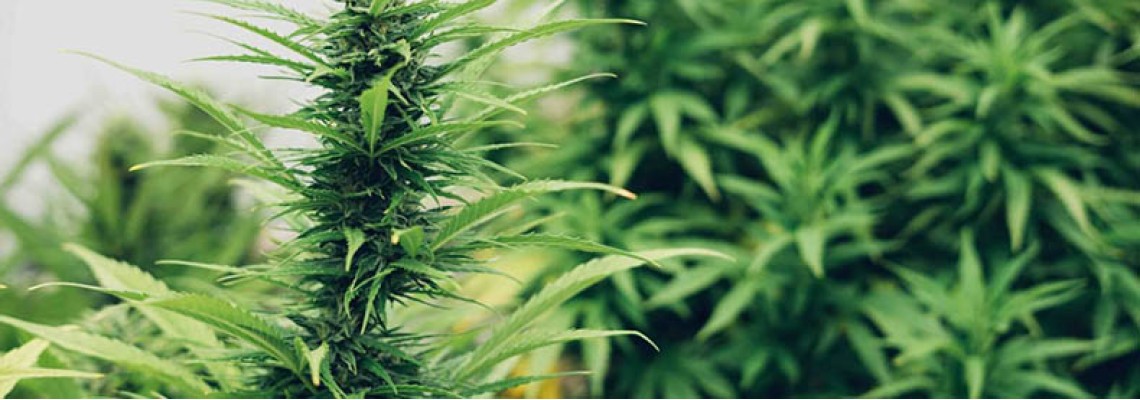There seems to be nothing in your cart.
Didn't find what you were looking for? Contact our consultant.
To save your shopping cart until your next visit, create an account or register .
Browse our Hits sales
There seems to be nothing in your cart.
Didn't find what you were looking for? Contact our consultant.
To save your shopping cart until your next visit, create an account or register .
Browse our Hits sales

*This text is provided for informational purposes only. The information given by the author is his own development using information from publicly available sources. The company is not responsible for the author's material presented.
Content:
Autoflowering cannabis begins to bloom on its own. This means that unlike photoperiod strains, where the grower artificially starts flowering, auto-plants take over the task. All that is required of the grower is to take care of the plant without worrying about when it is time to end the growing season. Caring for such weed is considered the easiest in the world of cannabis. The genetics of cannabis weed, which is the basis of all autoflowers, is responsible for the health of the auto-herringbone. Because of these characteristics, autoflowering plants are better than photo strains for outdoor use.
Those who cultivate weed on an ongoing basis are thinking about getting new seeds. To grow strong seeds, you need to have two heterosexual plants grown from regular seeds. Moving on to the flowering stage, two bushes should be next to each other. In most cases, this is enough to pollinate the female bush, but for greater certainty, you can carry out pollination by hand. To do this, the inflorescence is cut off from a mature “male” bush, and the pollen from it is shaken off onto female flowers. Now it remains to wait for the harvest. Each pollinated cone will harbor several good seeds. It is worth noting that the percentage of THC in the heads with grains is significantly less than in non-pollinated inflorescences.
Most varieties of autoflowering grass are weaker than the original photo counterparts. However, some of them have THC values higher than most fotiks. One of these is "Blue Dream". The power of the cones of this bush varies from 18 to 23%. The sativa variety Durban Poison produces up to 18% THC, while the content of this component in the variety Cobra is up to 19%. You can’t ignore the “Auto LSD” variety, in which the percentage of THC is above 20. These strains harmoniously combine persistence, productivity and flower strength
All autoflowers are valued for good immunity and unpretentiousness. However, among them there are the most stress-resistant varieties that any beginner can grow.
Auto Grass "LSD" has no problems with mold or other diseases. Stable and stress-resistant so that it will give a wonderful harvest despite the mistakes of an inexperienced cannabis grower. Auto "White Widow" is similar to the original, but it tolerates stress better, and also brings the harvest earlier than its photo counterpart. Predominantly sativa, Blue Dream also has a strong immunity, which is characteristic mainly of indica varieties.
After the cherished seeds are on hand, put them in a glass of water. After a day, the seed should sink to the bottom and open. We cover the opened grains between wet, cotton pads and put them in a container for a period of a day to a week. The container is placed in a warm place, in winter you can put it next to the battery. During this time, a spine should appear. Plant the germinated seed in a small pot with the root down. The height of the hole should be about 1 cm. The young plant is very tender, it will be right to create moist conditions for it without winds. When the shoot gets stronger, it can be planted outdoors without fear. In indoor conditions, we begin to blow the plant with a cooler. On the second - third week after the shoot rises, we feed the hemp with fertilizers. When using regular seeds, a month later the sex of the plant is determined. To get the heads, we leave only female bushes. Autoflowering daylight hours do not change throughout their life. It is 18/6, where the plant rests in the dark for six hours a day. A good temperature will be 22 - 27 ° C, with a humidity mark of 60 - 70% during the vegetative stage, 50% during flowering and 40% closer to the harvest.
Author: Sergey Esipov
Related articles: